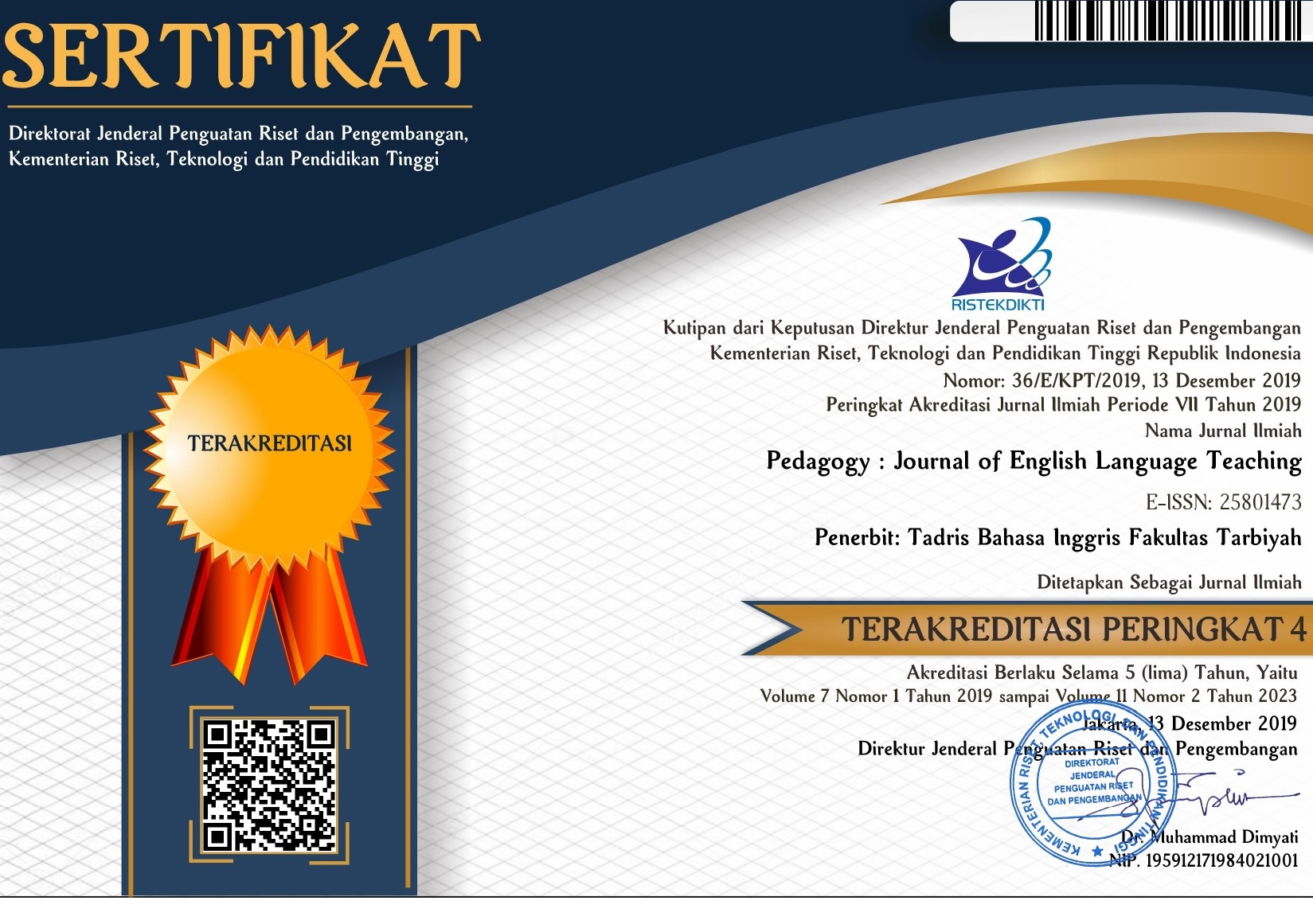The Developing an Android Software “Glossary of Sharia Economics”
Keywords:
Android Software, Sharia Economics, Vocabulary MasteryAbstract
This study is conducted to describe the process of developing of android software system which contains the terms in the sharia economics field in three languages (Arabic, English, and Indonesia) for the students of Islamic Economics and Business Faculty. The study used to research and development methodology. The steps comprised: a preliminary study, making the product, validation of the product and try out the product. Before making the product, the researcher conducted a preliminary study to the students which the result was the students need a specific tool to ease them in learning the terms. After the product was made, the researcher then tried out the product to the students. To evaluate the product, the researcher then distributes the questionnaires through an online survey to the students to find out their opinion about the product. The result of the questionnaires showed that most of the students satisfied with the product. In conclusion, the android software is very promising to be used as supporting tooling learning.















